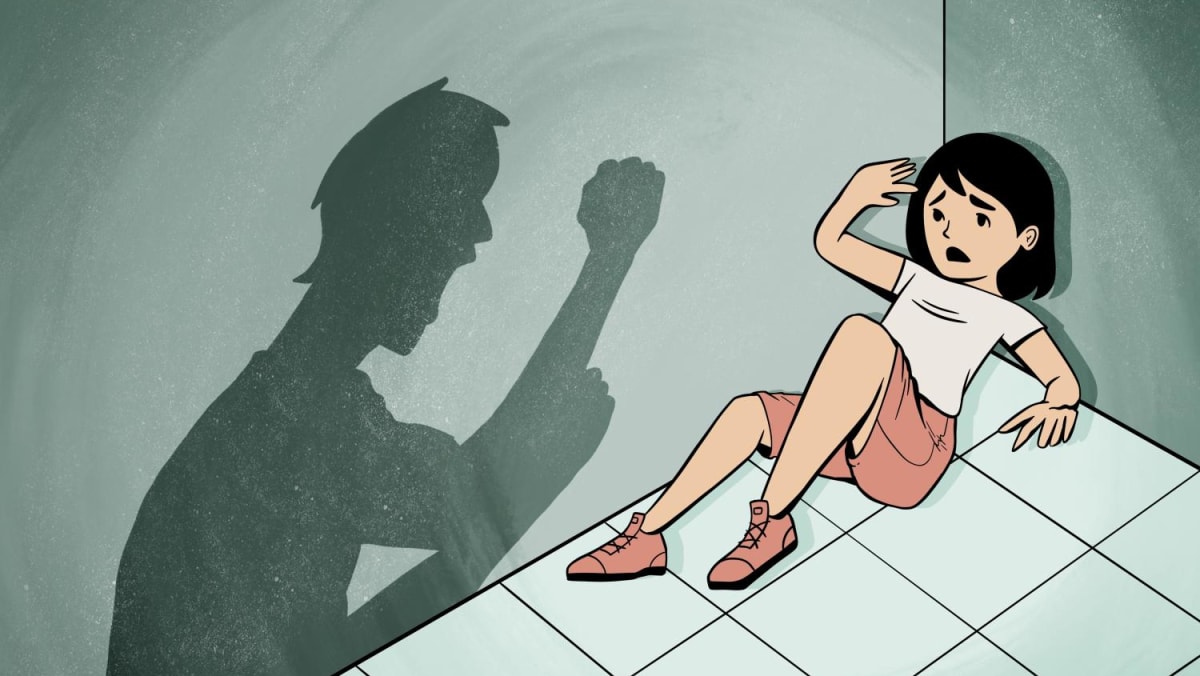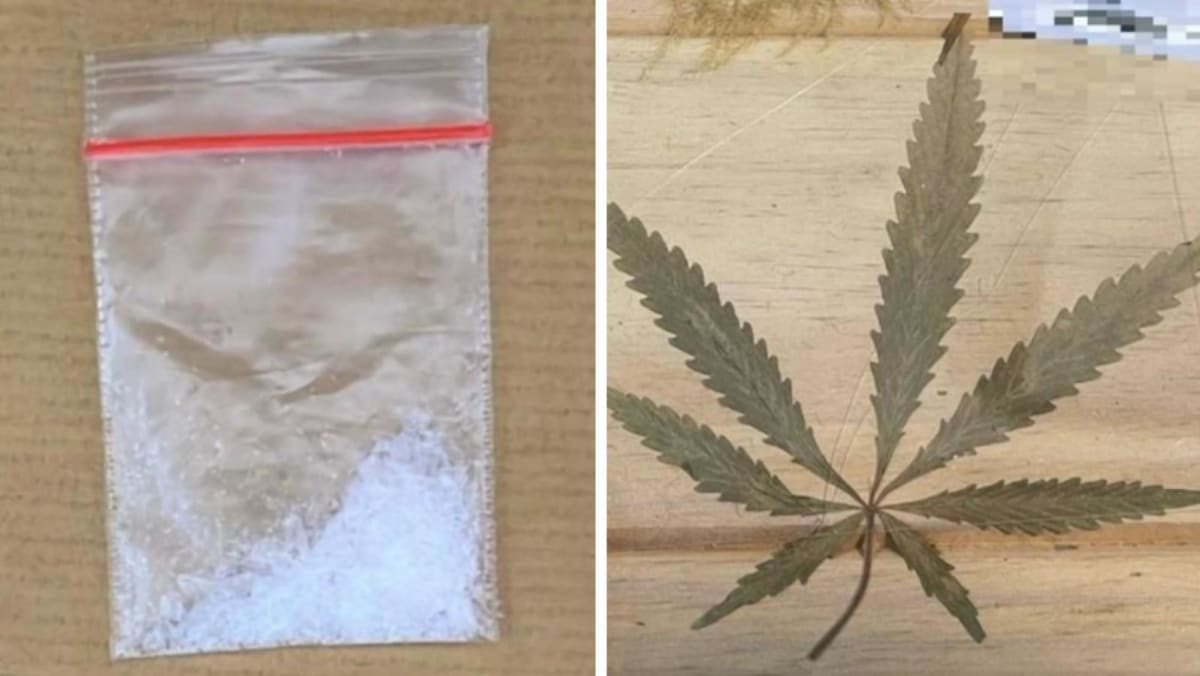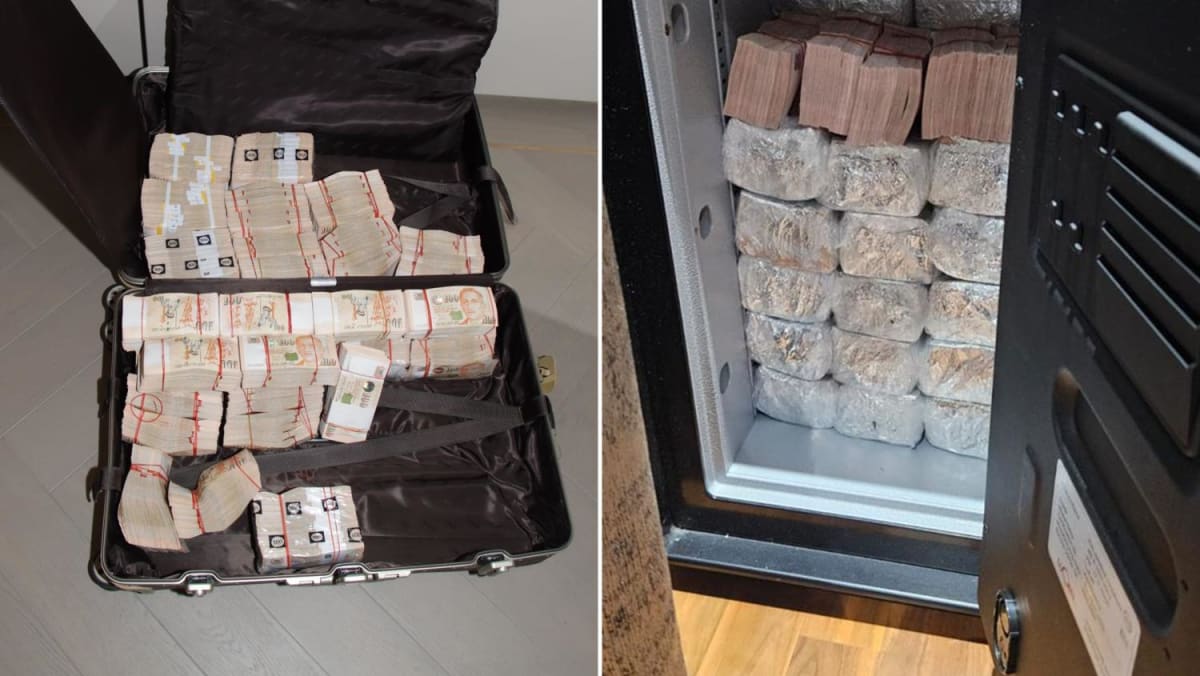SINGAPORE — Japan’s health authorities have warned of a surge in patients infected with a rare but potentially deadly type of strep throat infection.
The number of cases of streptococcal toxic shock syndrome (STSS) reported in Japan just in the first three months of 2024 has hit over 600, which is more than half of last year’s nationwide total of 941.
The mortality rate for infected individuals was about 30 per cent in 2023, which the Tokyo Metropolitan Government has described as an “extremely high” rate.
While older individuals are typically considered at higher risk for complications from this infection, recent data from Japan’s National Institute of Infectious Diseases suggests that this particular strain is causing more deaths among patients under 50 years old.
Between July and December 2023, out of 65 patients under 50, approximately one-third, or 21 people, died from the infection, reported The Guardian.
The situation in Japan has sparked concern in at least one Asian country, with North Korea saying it will not host a World Cup football qualifier against Japan apparently due to rising streptococcus infections.
TODAY looks at what bacteria is causing these deadly infections, how it differs from the common strep throat and whether Singapore should be concerned about the surge.
WHAT IS STREPTOCOCCAL TOXIC SHOCK SYNDROME AND HOW DEADLY IS IT?
Most cases of STSS are caused by a bacterium called streptococcus pyogenes, also known as strep A.
While strep A can cause various infections with the majority of them mild and not life-threatening, STSS is the harshest and a potentially deadly form of strep A.
According to The Japan Times, STSS is often dubbed the “flesh-eating disease.”
Dr Paul Tambyah, president of the International Society for Infectious Diseases, told TODAY that such a descriptor is “a bit of a simplification” of how the bacteria affects an individual.
In some patients infected with strep A, the bacteria can produce a toxin which rapidly invades the body.
“For those of us who have looked after these patients, it is quite scary. The key is good team management with the intensivists working closely with the infectious disease doctors and the surgeons,” he said.
An intensivist is a medical practitioner who specialises in caring for critically ill patients.
Professor Hsu Li Yang, vice-dean of global health at Saw Swee Hock School of Public Health at the National University of Singapore (NUS), said streptococcus pyogenes is actually carried sporadically by up to 10 per cent of adults, and probably twice that percentage of children.
“In most cases, it does not cause disease. Not all isolates of streptococcus pyogenes carry the genes producing the exotoxins causing STSS,” he said.
Prof Hsu said that under certain conditions when the bacteria invades an individual, they produce toxins that trigger an overwhelming immune response, known as a cytokine cascade.
“It is this uncontrolled excessive immune response that causes the manifestations of STSS and can be lethal,” he said, adding that this is what causes deaths in STSS cases.
He added that the bacteria is spread most likely via close contact and droplets.
Experts are struggling to explain the cause of the rapid spread of infections in Japan.
Some experts, quoted by The Guardian, believe the rapid rise in cases is connected to the easing restrictions imposed during the Covid-19 pandemic and the downgrading of the coronavirus to that of the seasonal flu.
This has led to the public abandoning basic measures to prevent infections, such as regular handwashing and disinfection.
WHAT ARE THE SYMPTOMS?
Patients with STSS can very quickly develop low blood pressure or suffer from multiple organ failure leading to death.
According to the Centers for Disease Control and Prevention in the United States, a patient is typically diagnosed with STSS when strep A bacteria is detected in them while also having symptoms such as low blood pressure or problems with two or more organs including their kidney, liver, lung, blood, skin, and soft tissue.
Dr Tambyah added that the additional symptoms would be the same as those of sepsis — fever, an increased heart rate, shortness of breath, confusion or disorientation.
There is, however, no single test used to diagnose STSS.
Instead, doctors perform a blood test for strep A infection and then run a series of tests to determine how well different organs are functioning.
HAS SINGAPORE SEEN ANY CASES SO FAR?
Several general practitioners told TODAY that STSS is extremely rare and they have not encountered cases in their 10 to 20 years in practice.
While most said they have not seen any increase in strep throat cases recently, Dr Wong Choo Wai of Jurong and Bedok Day and Night Clinic said there have been more upper respiratory tract infection cases in the last three weeks.
Common symptoms include sore throat and cough. However, most patients declined to take swab tests, which cost S$40 in total for kits that test for influenza A and B, as well as strep A.
“But as these cases responded well to penicillin antibiotics like amoxicillin and augmentin, I believe there are likely more cases of (the common) strep going around,” said Dr Wong.
While experts have yet to nail down the cause of the deadly strep throat infections in Japan, Dr Sunil Kumar Joseph, a GP who runs Tayka Medical Family Clinic in Jurong, said it is likely due to a superbug.
“STSS is a complication of strep infection, which is uncommon unless the person is weak or the bacteria has mutated to become very aggressive and severe. Normal strep throat seldom develops into STSS,” he told TODAY.
Dr Tambyah explained that the strains that cause toxic shock or “flesh-eating disease” are rare and tend to be different from the strains that cause sore throats.
He also pointed out that the bacteria is not new and that severe forms have been recognised in Singapore for decades.
He pointed to an entry in the Singapore Medical Journal in 1992, which documented two cases of STSS:
- A 57-year-old woman was admitted with complaints of fever, chills, rigours, and multiple joint pains. Eighteen hours after admission, she rapidly deteriorated and became restless and confused. She was later confirmed to have had the fully evolved form of STSS
- A 47-year-old man was transferred to the National University Hospital from another hospital with a diagnosis of acute peritonitis. He was diagnosed with a milder form of STSS
WHAT PRECAUTIONS SHOULD INDIVIDUALS TAKE?
To prevent getting infections of strep A or any other infections, Prof Hsu said individuals should practise good hand hygiene.
Asked if Singapore should also be on alert, considering Japan is a popular tourist destination, he said there was no real risk and it was unlikely to lead to a pandemic.
“We have the bacteria in Singapore, too, although severe infections are very rare here. But we do have to monitor Japan’s investigations and response,” he said.
Dr Tambyah said that he understands that the Ministry of Health has been on the lookout for such severe infections, just as it was in 2019 when there was a surge of scarlet fever in the United Kingdom.
“The disease is rare but endemic in Singapore, so we are familiar with it and know how to treat it. The key is to catch it early.
“In any case, the key is to seek medical attention if you feel unwell,” he said.






.png?itok=IEnc60xx)







